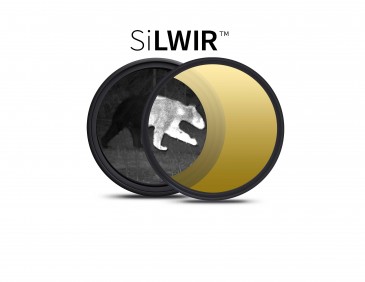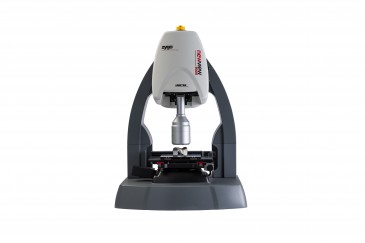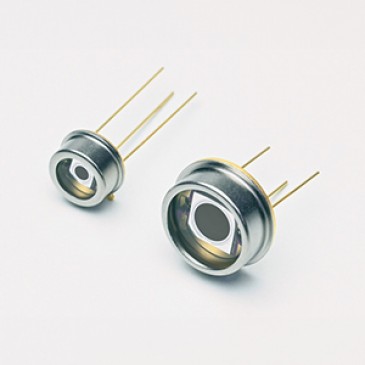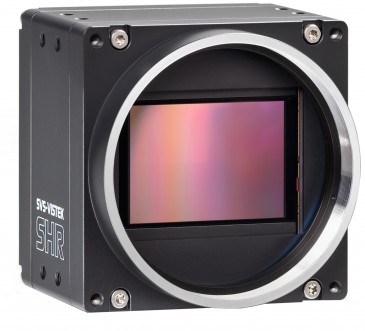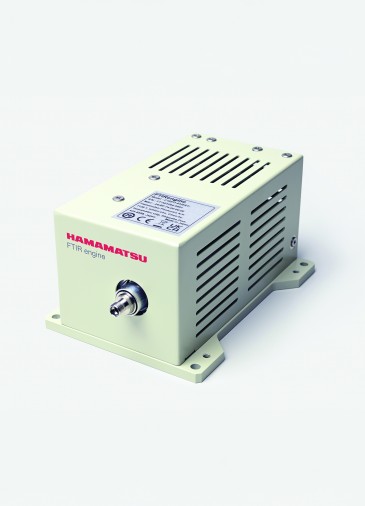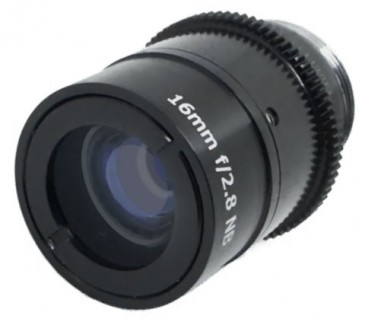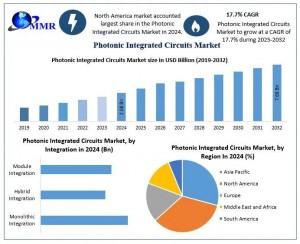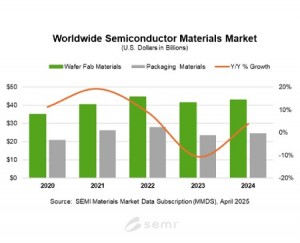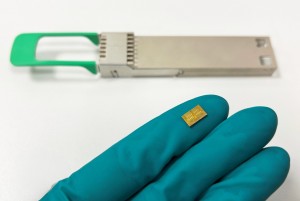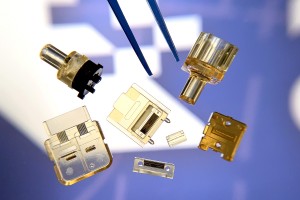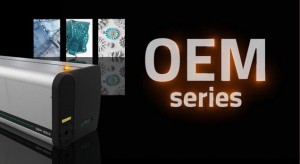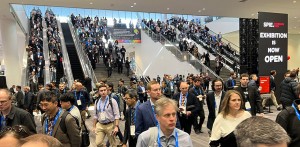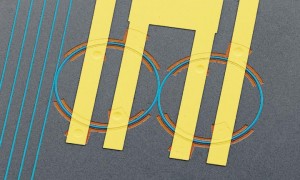
A new integrated photonics platform developed at the Harvard John A. Paulson School of Engineering and Applied Sciences (SEAS) can store light and electrically control its frequency in an integrated circuit. The research work represents the first time that microwaves have been used to shift the frequency of light in a programmable manner on a chip.
“We developed an integrated electro-optics platform that combines efficient electrical modulation and ultralow optical loss,” says Mian Zhang, the first author of the Nature Photonics paper. “This allows light to be manipulated by electrical signals in new ways that were impossible before.” A former postdoctoral fellow in applied physics at SEAS, Zhang is now CEO of the Harvard-spawned startup HyperLight Corporation.
Integration, low loss and strong electro-optic modulation effects
The technique to fabricate high-performance optical microstructures uses lithium niobate, which has unique electro-optic properties. “Previous materials either have a weak electro-optic effect or the optical losses are too high,” says Zhang. “The implication of this is that many coherent electro-optic processes, such as the wavelength shift and photon storage demonstrated in the paper, do not have enough time to take place before the photon is lost.” He notes that the combination of integration, low loss and strong electro-optic modulation effects is what is truly new and unique about this technology and has not been achieved before.
“Our work demonstrates new ways of manipulating photons by microwave signal or through dynamic modulation on a chip,” the researcher continues, emphasizing that this innovation is critical for quantum photonic and optical signal processing applications where uni-directional wavelength shift is important. The team has not only shown that they can change optical frequencies in a controllable manner but using this new ability, they can also store and retrieve light on demand, which Zhang says has also not been possible before.
Zhang reveals what surprised him the most about the outcome of this project was how closely the results in the experiment lined up with the theoretical data, which, as he concludes, clearly demonstrates “the excellent controllability of the system.”
Key applications for the new photonics platform
Zhang says optical signal processing and quantum information processing on a chip and an ultrahigh-efficiency microwave-to-optical interface are all applications this new electro-optics platform will enable.
He agrees the research breakthrough could have significant impact on the design of future generations of light-based technologies: “The ability to coherently control photons on a chip through microwave signals could enable integrated quantum gates in the frequency domain that is important for quantum photonic applications,” the expert says. “The system can also be used to efficiently transduce weak microwave signals into the optical domain that could ultimately even send quantum state of microwave photons to optical frequencies.”
Next steps
Zhang and his colleagues are now working on further improving the conversion efficiency and integrating such a system with superconducting microwave circuits to ultimately enable quantum coherent microwave-to-optical conversion that allows microwave quantum signals to be sent over long distances.
Written by Sandra Henderson, Research Editor, Novus Light Technologies Today


























 Back to Features
Back to Features